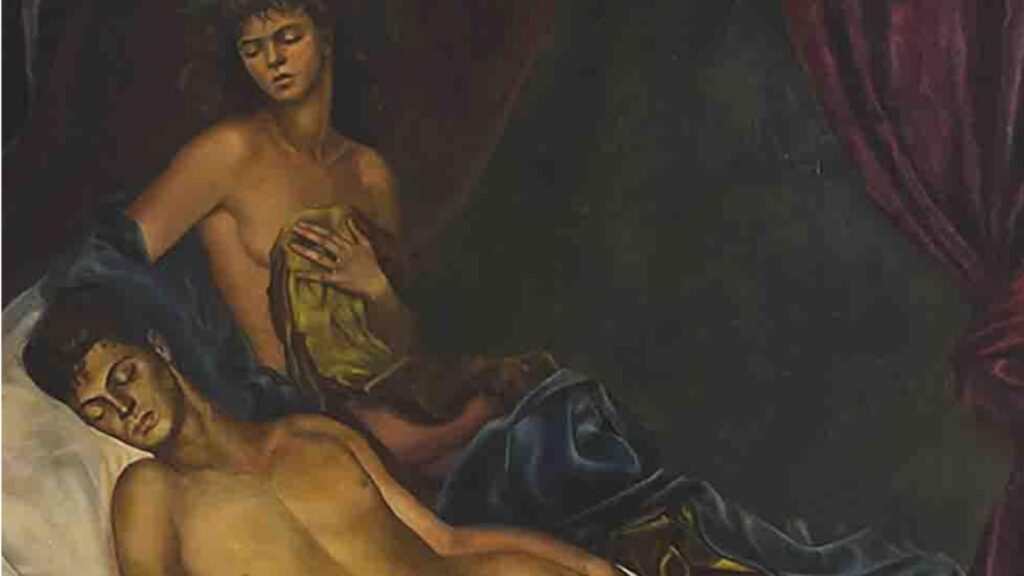
81. Venice Film Festival

80. Venice Film Festival

79. Venice Film Festival

The Biennale Arte Guide
Foreigners Everywhere

The Biennale Architecture Guide
The Laboratory of the Future

The Biennale Arte Guide
Il latte dei sogni

With The Milk of Dreams, Cecilia Alemani gives us the sign of the times and affirms that the first post-pandemic Venice International Art Exhibition still has to look backwards, to the history of art and to the history of the Biennale itself.
The passion for the Surrealist movement has always accompanied the first formative and then curatorial itinerary of Cecilia Alemani. If the task of a curator is to capture the creative energies in the world, translate them into an exhibition and make them accessible to a public, we can say that Alemani gives us back the sign of time, of our time. She tells us that the first post-pandemic International Art Exhibition in Venice has yet to look to the past, to the history of art and also to the history of the Biennale itself. On a closer look, the Alemani Exhibition, postponed for a year precisely because of the health emergency, does not show yet a clear reaction to disorientation, dismay, fear.
Maybe it’s still too early. At the Corderie and the Central Pavilion of the Giardini, the present leaves room for time capsules and our eyes are turned away from the real world to the imagined and imaginative worlds of the surreal and look for answers in the futuristic visions of the new Man, of the post-human, of the hybridization between Man and Machine. Surrealism, therefore, surrounds us not only at the Biennale. Just take a tour of the exhibitions in town and you will soon realize that it is present everywhere and especially at the Guggenheim exhibition Surrealism and the Magic.
If Surrealism fascinates and inspires again artists today, perhaps the fact of looking back at the past can tell us something about our present and about the creative, invisible forces that are waiting for the right moment to reveal themselves. Although it would be time not to have to underline this anymore, this exhibition also looks at women and minorities. The two instances seem to find their synthesis in the awarding of the Golden Lion to Simone Leigh, an artist whose creative process is informed by an ethical tension that looks at stories of collectivity, with particular reference to the community of black women, or in the Polish Pavilion, which tells through patchwork fabrics the migrations through Europe and the daily life of the Roma people.
A political correctness that, as someone has pointed out, sometimes undermines the ability to focus on the many highlights of this Exhibition. For example, the rediscovery of some female figures of Surrealism who for historical-cultural reasons have remained in the shadow of their much more illustrious and famous colleagues, artists such as Leonor Fini, Remedios Varo and Leonora Carrington.
ph. Leonor Fini, Femme assise sur un homme nu (1942), Biennale Arte 2022
Interview with Cecilia Alemani, curator of The Milk of Dreams - Venice Art Biennale 2022